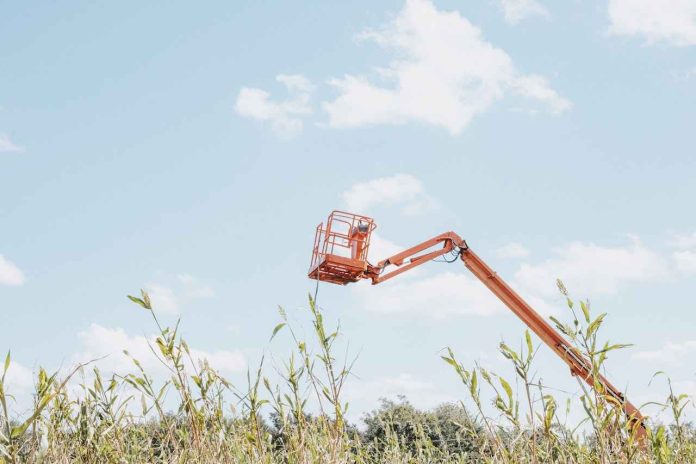As an employer, you have a duty of care and a responsibility to ensure that all members of your team are safe. For those working within an industrial environment, there are a wide number of hazards.
When heavy lifting and machinery are involved, accidents and damage can occur. However, with the right understanding of safety guidelines, these can be avoided.
Using machinery to lift heavy goods such as goods lifts and forklifts can provide a safe and efficient way of working, provided safety guidelines are followed.
Table of Contents
The law and lifting goods safely
By following the rules of these safety laws and guidelines, you can ensure that your teams of loading and warehouse operatives are safe while operating loading machinery.
PUWER, the Provision and Use of Work Equipment Regulations (1998) outline ways in which to ensure work equipment is safe to use. These regulations require employers and others who are responsible for such equipment to comply with certain practice standards.
This includes making sure that the equipment is fit for purpose, maintained in a safe condition, inspected and serviced on a regular basis, health and safety measures are used and only those who are trained are given access to use the equipment.
While LOLER, The Lifting Operations and Lifting Equipment Regulations (1998) advise on the safe use of lifting equipment and safe manual lifting of goods.
This suggests that lifting equipment must be properly manned and appropriately supervised in order for the lifting of goods to be carried out safely.
Things to know about lifting machinery as an employer
As an employer, it is therefore your responsibility to adhere to such regulations. Not only will this ensure you are abiding by the safety laws, but you are also keeping your teams safe while operating machinery.
Below are some important safety dos and don’ts that you should follow and inform your employees of:
When operating lifting machinery
DO:
- Use only machinery that is suitable for the job at hand. Check load capacity and give your equipment a detailed safety check before each use.
- Provide the relevant training and certification to those who intend to use the machinery, no matter how often this will be.
- Have your machinery serviced by qualified engineers and technicians regularly. It is recommended that this is completed once per year and a service log is kept up to date.
- Make sure that each load being lifted is properly fitted to the lifting machine before use. This will ensure that damages and accidents are avoided as best as possible.
- Have teams trained to carry out first aid if an accident resulting from the use of lifting machinery occurs.
DON’T:
- Allow visitors or guests to man the machinery if they do not have the proper training and qualifications to do so.
- Leave your machinery to age and become damaged, ignoring the requirements of regular service and planned maintenance.
- Exceed the load capacity of your machinery. If your load is too heavy, you must find another solution, rather than overloading your forklift or goods lift.




